Mixing styles in the interior
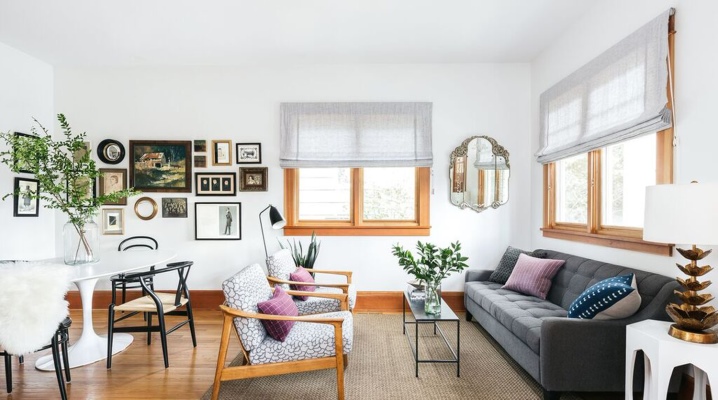
Mixing styles in the interior is a kind of game, combining the incompatible, combining the incompatible, an attempt to dilute the main style of the interior with bright accents of the other. With a skillful approach and creative perception of life, you can achieve a unique, special style, one of a kind, inherent in only one room or apartment.
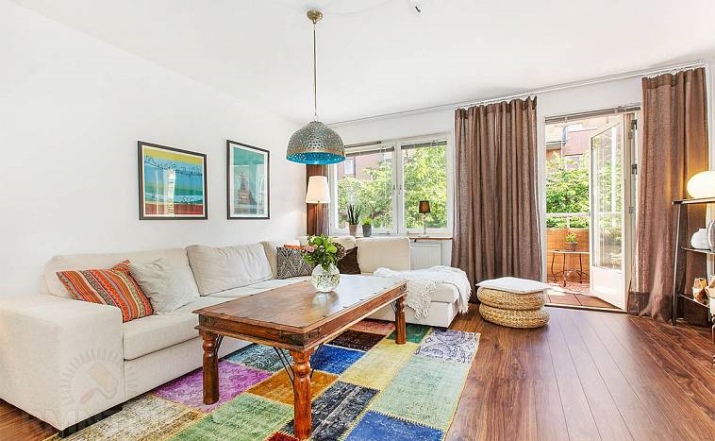
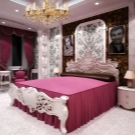
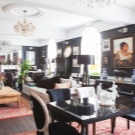


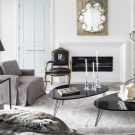
Peculiarities
Mixing styles in one interior is sometimes an overwhelming task for an inexperienced designer. It requires not only a creative approach, but also a good sense of style, a sense of moderation, the ability to distinguish exquisite originality from a simple collection of spectacular objects from different styles.
Today it is one of the most popular trends in interior design.
Classical furnishings and reproductions of paintings by famous painters harmoniously coexist with decorative oriental handicrafts, the high-tech style loving metal can peacefully coexist with elements of Provence.

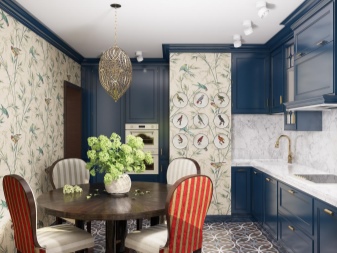
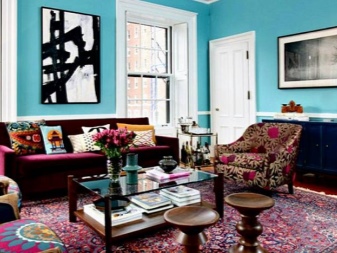

However, harmony in mixing styles can be achieved only if the necessary conditions and rules of this type of interior design are observed.
- Perhaps the main thing is to understand that only 2 styles can be mixed, and one of them should prevail. The current formula for this principle is 80 to 20. That is, the space is decorated by 80% with one style with the addition of 20% of elements from another.
- The principle of the unity of form. If there is an oriental table in the living room decorated in the English style, it is advisable to choose oriental decorative elements for it, for example, a figurine, a mask or a pouf.
- Linking with a single element. This is the principle of combining items from different interior styles with a single motive. For example, a baroque coffee table can be harmoniously combined with a modern sofa with a common fabric, from which napkins and decorative pillows will be made. The ornamental print on the upholstery of the armchair can repeat the pattern of the floor vase.
- Color spectrum. It is important not to be mistaken when choosing a palette. According to the designers, a safe bet is to use a light background and fill the space with bright accents. To delight the result, the easiest way for a novice designer is to use color matching tables.
- Contrast anchor. This is the principle of a bright accent borrowed from completely dissimilar styles. A crystal multi-tiered chandelier with many pendants in a minimalistic living room, an oriental carpet and austere English interior.

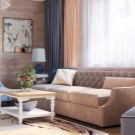
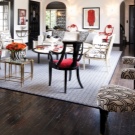
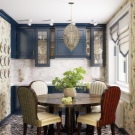
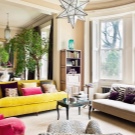

Valid options
It is difficult to describe the combination of different interior styles in one word, since there are as many as 3 directions - this is called kitsch, fusion, eclecticism. All of them are united by the principle of reasonable permissiveness, while kitsch is also a great deal of shocking. Although all these areas are united by a single idea, each of them has its own characteristics and obeys its own rules.
Kitsch
Defiant, slightly provocative, shockingly declares the absence of any rules, canons and norms. The direction appeared in the middle of the 20th century and immediately found its admirers, for whom external extravagance was of great importance. Initially, it was more of a pseudo-art, a phenomenon in mass culture, when an external flashy design was given much more importance than semantic content.And only later, a similar style found itself in interior design, where it became completely independent and easily recognizable.
Despite the loudness and confusion of the incongruous, kitsch has its own rules. The style is inclined to create a festive atmosphere - neon lamps, flashy colors, variegation in everything.

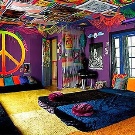
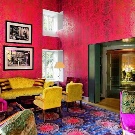
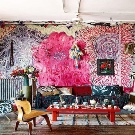
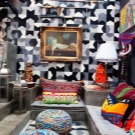
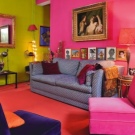
There are two versions for this line. The first is that all the variegation and brightness is softened by the general light background. In the second option, the acid color spreads to absolutely the entire space - both to the walls and to the internal filling.
In kitsch, a combination of any finishing materials is allowed - wood, glass, plastic, metal, gypsum and plaster, as well as imitation of any kind. A metal surface is passed off as a wooden one, plastic can be painted with paint that imitates metal, wallpaper mimics brickwork. The general impression created by kitsch is a mockery, an absurdity, in a word - an oxymoron in the interior. They try to present the brightest and most recognizable elements from different design styles, sometimes completely inappropriate to each other.
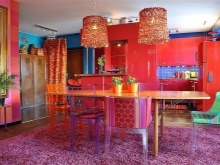
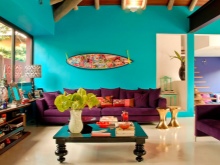
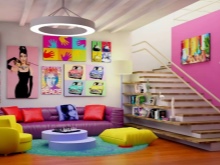
Eclecticism
This mixed style received its recognition already at the beginning of the 19th century. It was the era of colonialism, the times when beautiful and fantastic, strange and amazing overseas things, objects and souvenirs of the mysterious East appeared in Europe. The most striking example of eclecticism can be called the description of the English colonial style, common in the living rooms and offices of wealthy people of that time.
The initial period of eclecticism was rather conservative, over time it became more liberal - the classics are diluted with elements from modern trends. The same principle of mixing the two styles remains. The eclecticism is dominated by restrained, discreet colors, usually pastel and natural shades.
For this style, the presence of bright contrasting accents is not necessary; they can be replaced by the main saturated pastel color.
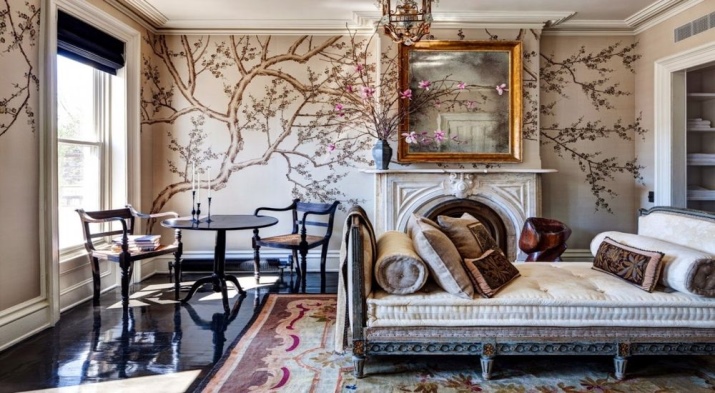
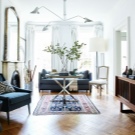
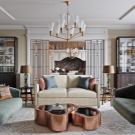
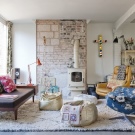
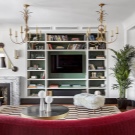

Antiques and modern technologies perfectly coexist here.for example, antique bronze lamps, candlesticks and modern curtains in wrinkled or pleated fabric, thread curtains replacing tulle. It is possible to find plastic furniture and an antique chest of drawers in the same space. If desired, you can harmoniously place a collection of paintings and modern plaster and ceramic figurines.
At the same time eclecticism is demanding on the presence of luxury - silk wallpaper, leather upholstered in furniture, expensive porcelain, carpets. The technique of walls of different textures is used: one wall can be covered with a facing material, for example, wooden facades or imitation of stone, and the second one is painted in a single color. Eclecticism gives austere classicism a dynamic spirit of modernity.
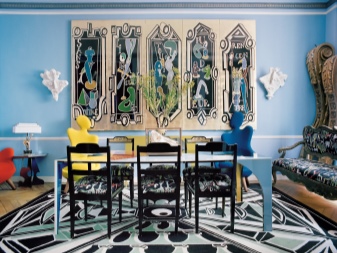
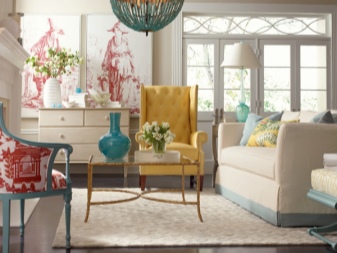

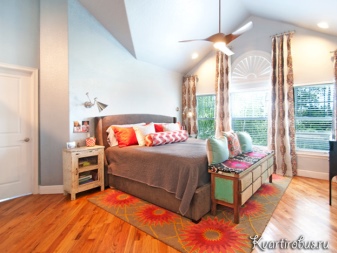
Fusion and classics
The concept of fusion in the interior means a mixture of different directions, and it appeared spontaneously, one might say, spontaneously. Because The XX century gave people the opportunity to move freely around the world, free travel, from distant countries they brought various objects and souvenirs, decorated their homes with them. This served as the basis for the emergence of a new direction in interior design. Thus, the classics were forced to allow exotic and ethnic decor to coexist next to them.
The style is distinguished by elegance, delicate taste in the fusion of the Ancient East and modern technologies.
The fusion style is able to combine Thai and modern high-tech furniture, Japanese household items, figurines and vases from the times of the "sun king" Louis.
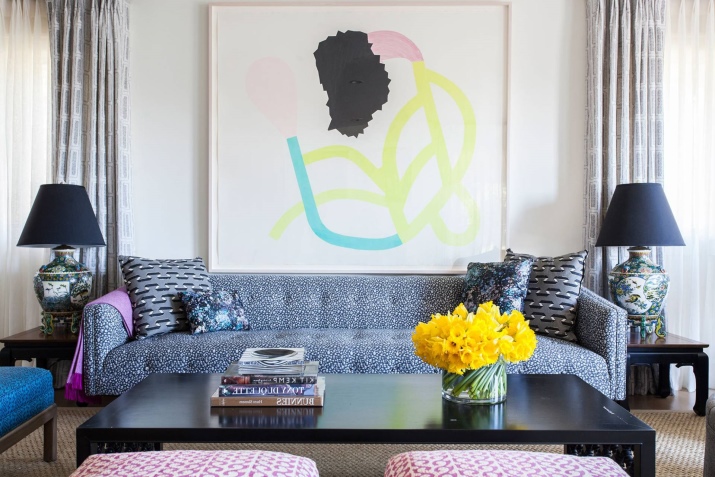
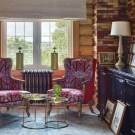
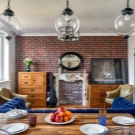

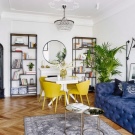
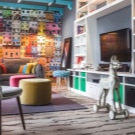
Majolica and ceramics of Ancient China, glass shelves with metal fittings and masks of Egyptian pharaohs look harmonious in the classic living room. Skillful placement, correct and metered combination create an overall impression of unity of style, commonality of all objects located in one space.
Classics are distinguished by the perfection of simplicity, and fusion adds luxury and sybarism to it, elegant aristocracy. Conservativeness is skillfully softened by notes of oriental imposingness, interspersed with ultra-modern high-tech. Used vintage furniture, expensive fabrics, textured finishes. Fusion cannot be imagined without a bright palette: reds, blues, greens and other colors are the magic inherent in this style. Plant motifs are welcomed in the decor.
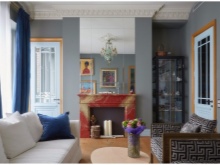
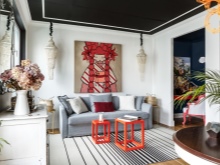

East and West
It is always a win-win harmonious combination. European classics and bright motives of Asian-African countries, a perfect combination of strict, classic English direction and bright splendor of oriental products.
Do not forget that one style should play a dominant role.
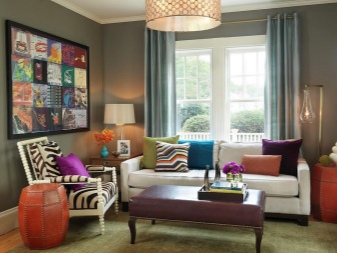
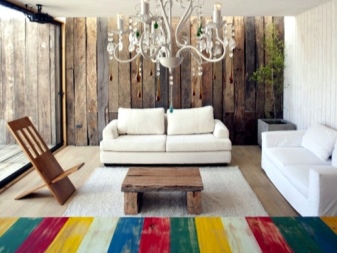
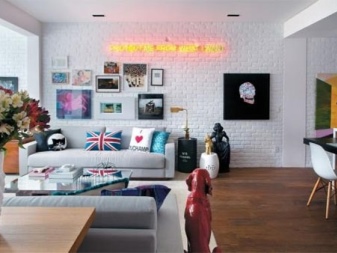
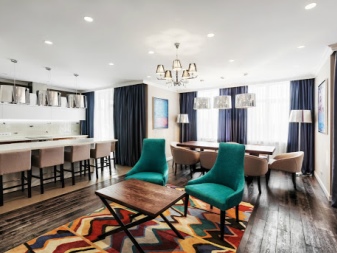
Contemporary styles and ecodesign
In relation to ecodesign, there is a preconceived opinion that it cannot be combined with any other styles. In fact, this is not at all the case. There are fresh flowers in almost every house or apartment; you can rarely find a dwelling where at least one green stalk is not found. But these are also elements of ecodesign, nevertheless, they are present in all styles.
Green eco-design fits perfectly into a minimalist interior, into an ultra-modern high-tech, even in a loft room there is always a place for a brutal bamboo or a bush of strict sansevieria. Let's face it, hi-tech, minimalism, and even more so a loft - these are rather boring, sometimes even dull interiors, and bright blotches of greenery will not interfere with them.
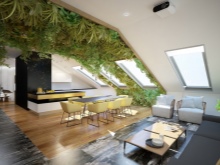
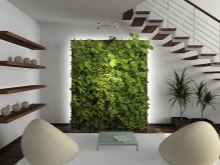
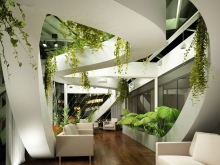
Room design rules
When decorating a living space in a mixed style, it must be remembered that there should be at least 1-2 objects from each direction, since they can simply get lost against the general background, in which case the plan will not be implemented.
Of course, here it is important not to overdo it with elements of various interiors, but it is the difference in directions that should be accentuated, otherwise you will not get an interesting design.
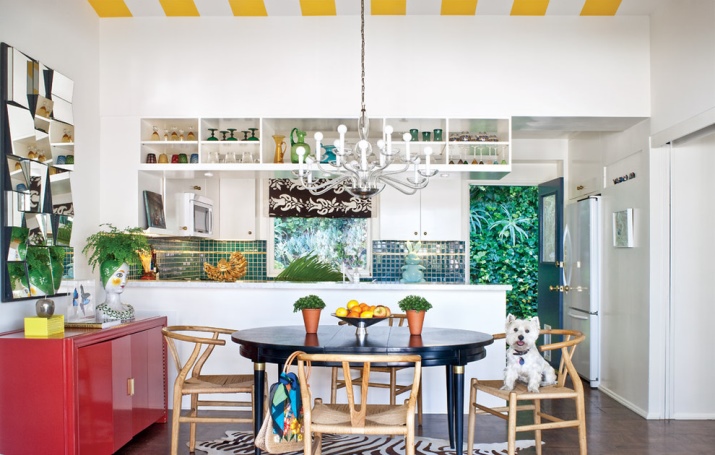
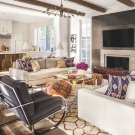
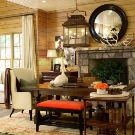
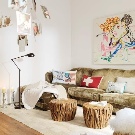
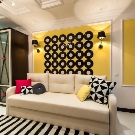
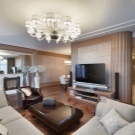
Eclecticism is a cozy calm harmony of the classics and its related Renaissance, Baroque. A large classic sofa in the living room with light upholstery, with the same light walls, will look good next to a baroque coffee table, and their tandem is accentuated by a multicolored bright carpet on which they are installed and curtains from expensive textiles.
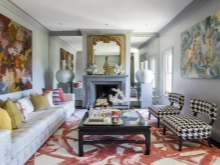
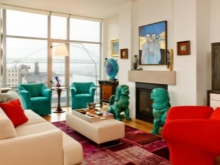

A kitsch-style bedroom is a bunch of bright contrasting colors with a neon palette, where a large round bed with velvet upholstery in flashy colors sits on a huge carpet throughout the room. Futuristic chandeliers and lighting fixtures are complemented by decorative elements painted in bright acid colors. The dressing table on sparkling twisted silver legs has a mirrored top and abstract paintings on the walls.
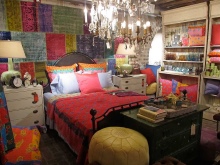
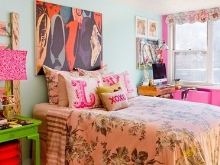
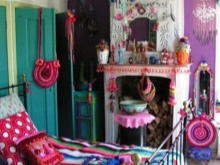
Stylish examples in the interior
The kitsch living room is an incredible mix of artsy furniture, a high-tech coffee table and a vibrant color palette.
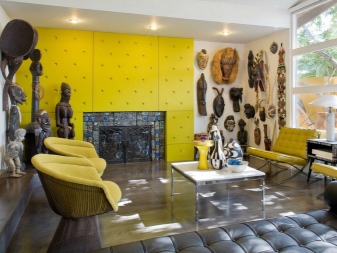
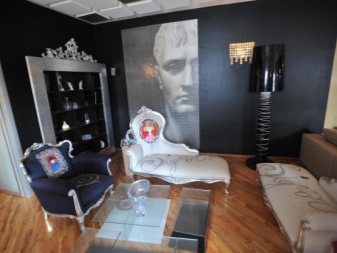
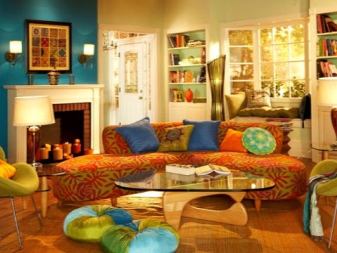
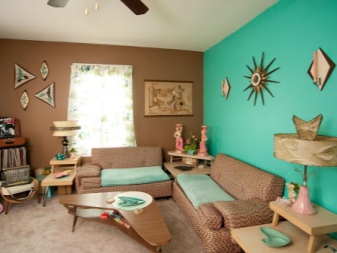
The fusion style of the living room fills it with bright contrasts. This is a black futuristic table that comes from the loft style, and a blue velvet baroque sofa, as well as many decorative elements, most of which are handmade.
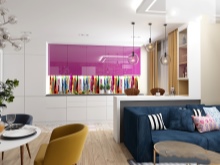


Bedroom in eclectic style. Color palette in white and hot pink, wall painted in Chinoiserie style, modern coffee table, large reproduction of the painting and floor in classic English style.
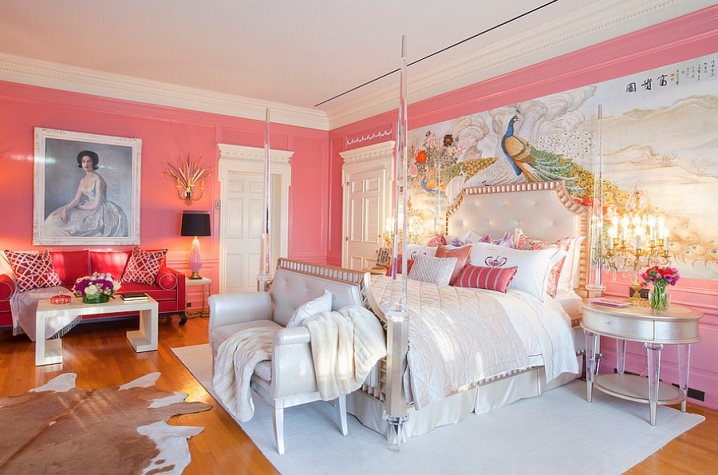













The comment was sent successfully.